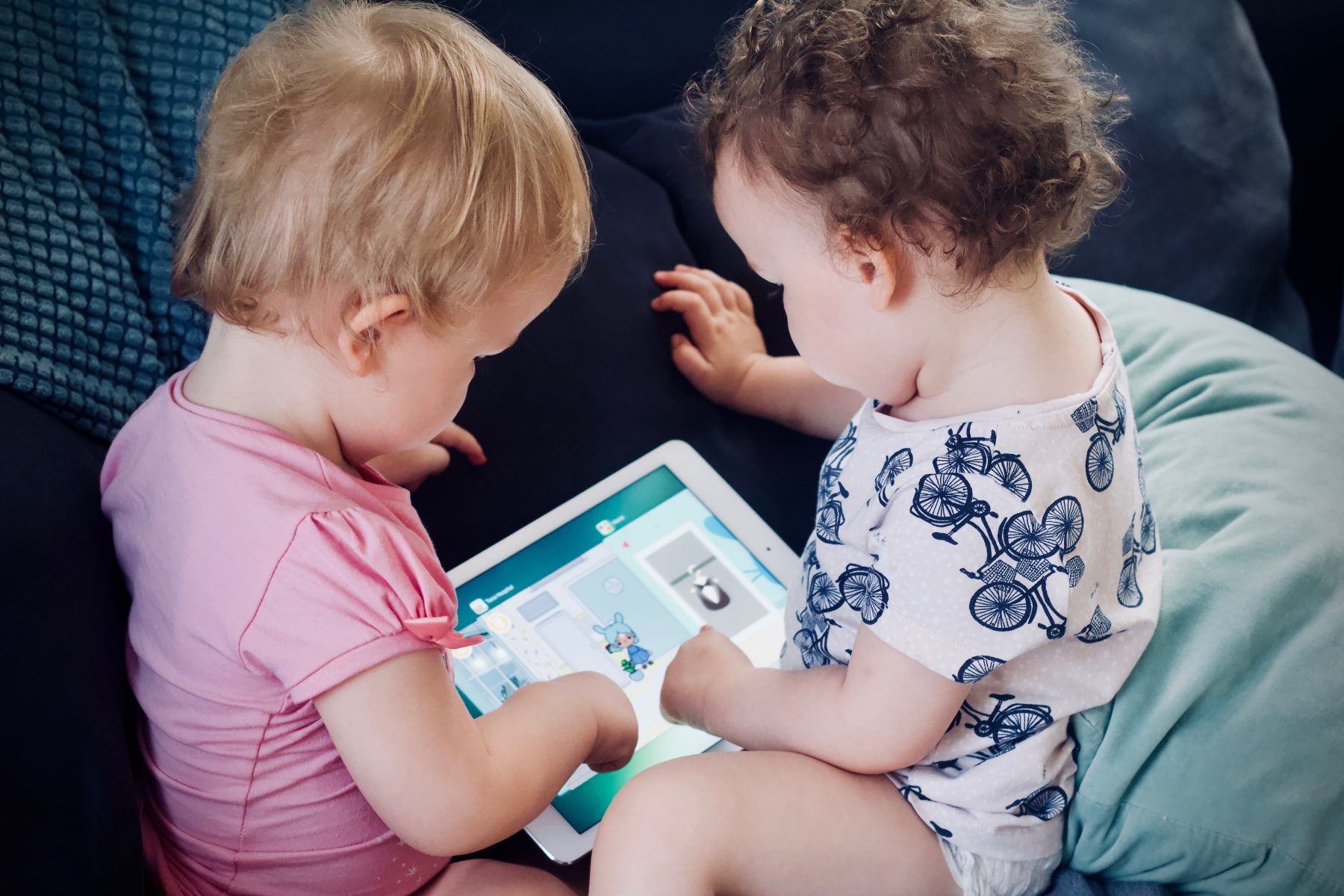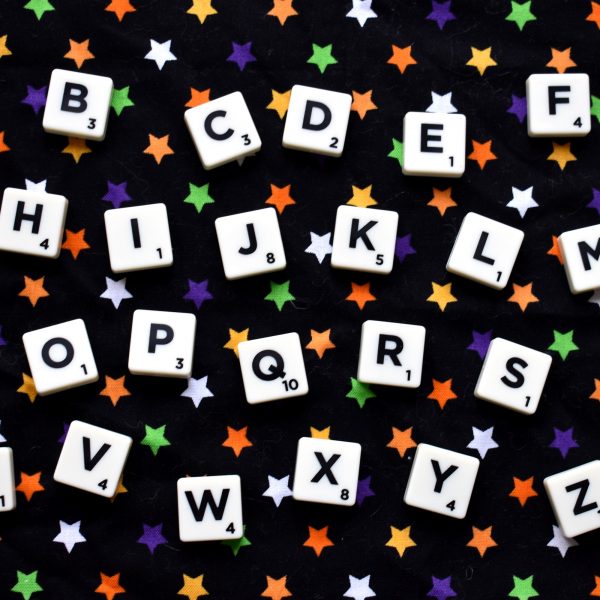Children as content creators: ‘Learning by doing’ during the pandemic using technology

Instructional design in education – that is successfully designing what a student will learn and how they will learn it, both online and physical – is currently experiencing unprecedented attention and growth, which could prove to be one of the best things to come out of the chaos caused by the COVID-19 pandemic. All educators who are planning and preparing lessons for students to learn at home will be currently grappling with Instructional design.
Parents, faced with helping their children learn from home, are also increasingly involved with how learning takes place using technology.
‘Learning by doing’ using technology
South African-born American mathematician, computer scientist and educator, Seymour Papert, generally regarded as the father of educational technology, was one of the first people to see the potential for technology to enhance learning. He saw computers as an exciting new way to build on the established principle of learning by doing. Papert and his team from the Massachusetts Institute of Technology created opportunities for children to become lessons planners, coders, graphic designers, narrators, and to develop all of the associated skills required to construct learning artefacts. The idea of involving children so directly in their own learning seems radical, even by today’s standards, but never before has the need for authentic learning tasks been so closely matched by the abundance of technology available in most homes.
So what does the role of the teacher look like in this student-centred model? Alison King’s seminal (1993) article From sage on the stage to guide on the side captured this perfectly by writing about how teachers can move away “from being the one who has all the answers and does most of the talking toward being a facilitator who orchestrates the context, provides resources, and poses questions to stimulate students to think up their own answers”.
But this it is a difficult transition for those who see their role as delivering content. Most of us have Google in our hip pockets or handbags where you can literally search for anything but what are we to do with the multitude of answers that we are presented with? Clearly, information is not synonymous with knowledge or learning. Complexity is not something to fear but the current shake up of the whole education system presents some promising possibilities if we choose to embrace them at each level of the educational hierarchy. Perhaps it is this hierarchy that presents the promising potential for change.
The trouble with ‘back to basics’ mantras
Educational policy makers and government decision makers need to stop espousing fundamentalist mantras such as ‘back to basics’ as this is a paradox which is clearly not working. Perhaps a musical analogy is apt here. Musical scales are the building blocks of songs but imagine asking musicians only to focus on perfecting their scales. Training musicians in this way and then putting them on a stage would leave an underwhelmed audience as the basics are only a means to an end.
Are children truly capable of becoming content creators?
There is plenty of research to show that such higher-level tasks can improve both learning and engagement. Simple practices like encouraging children to add the date into their file names creates a chronology of the learning and an abundance of digital assessment data. The idea of ‘learning by teaching’ has been around since antiquity where Pliny the Younger said that “he [or she] who does the talking does the learning”.
Is this an ideal which is beyond the capability of most students? The ‘guide on the side’ model suggests that children will still require assistance but the nature of the assistance in these scenarios revolves around higher levels of thinking. The four Cs of 21st century skills are the same skills that creating digital artefacts can develop, namely; collaboration, communication, critical thinking and creativity. Now that circumstances are forcing teachers to abandon the teacher-centric model, their own practice is also morphing into instructional design.
Students learn by becoming content creators
My proposal, that students become content creators for the sake of their own learning, also resonates with two other approaches which are widely accepted as best practice, namely, project-based learning and open-ended tasks (tasks where achievement options are not pre-determined allowing learners to respond creatively).
Project-based learning is a move in the right direction as this reflects how adults work and function in the real world. It also does away with a lot of the time that teachers spend explaining standalone lessons and can be likened to a good TV drama where each episode begins where the previous one finished, unlike a movie where considerable time is spent establishing the characters.
Open-ended tasks cater for all students and mitigate many of the challenges involved with differentiation as each student can work at their own level. Another advantage of open-ended tasks is that they are an authentic example of formative assessment where teachers provide guidance throughout the activity rather than just a summative assessment at the end.
I must admit that I feel fortunate to have made the transition from teaching in primary schools into academia where I work with pre-service teachers in the Bachelor of Education at CQUniversity Australia. My role involves working with distance students from all around the country, but what I actually do is basically the same as last year, before the pandemic.
Online lecturers use learning management systems with the functionality to deliver content and manage assessment tasks seamlessly in this online environment. My point is that the higher-level thinking that I do as I prepare and curate online content involves the very same skills that we want our children to have. It is my hope that the children caught in the middle of this transitional phase become the new generation of instructional designers.
This article was originally published on EduResearch Matters. Read the original article.
Popular

Workforce
Practice
Provider
Quality
Research
Supporting successful transitions: Big moves, big feelings
2025-06-26 11:00:30
by Fiona Alston

Workforce
Policy
Quality
Practice
Provider
Research
ECEC must change now, our children can’t wait for another inquiry
2025-07-02 07:47:14
by Fiona Alston

Quality
Practice
Provider
Research
ECEC in focus - Una Springwood’s intergenerational initiative brings young and old together through connection and care
2025-06-30 10:00:45
by Contributed Content












